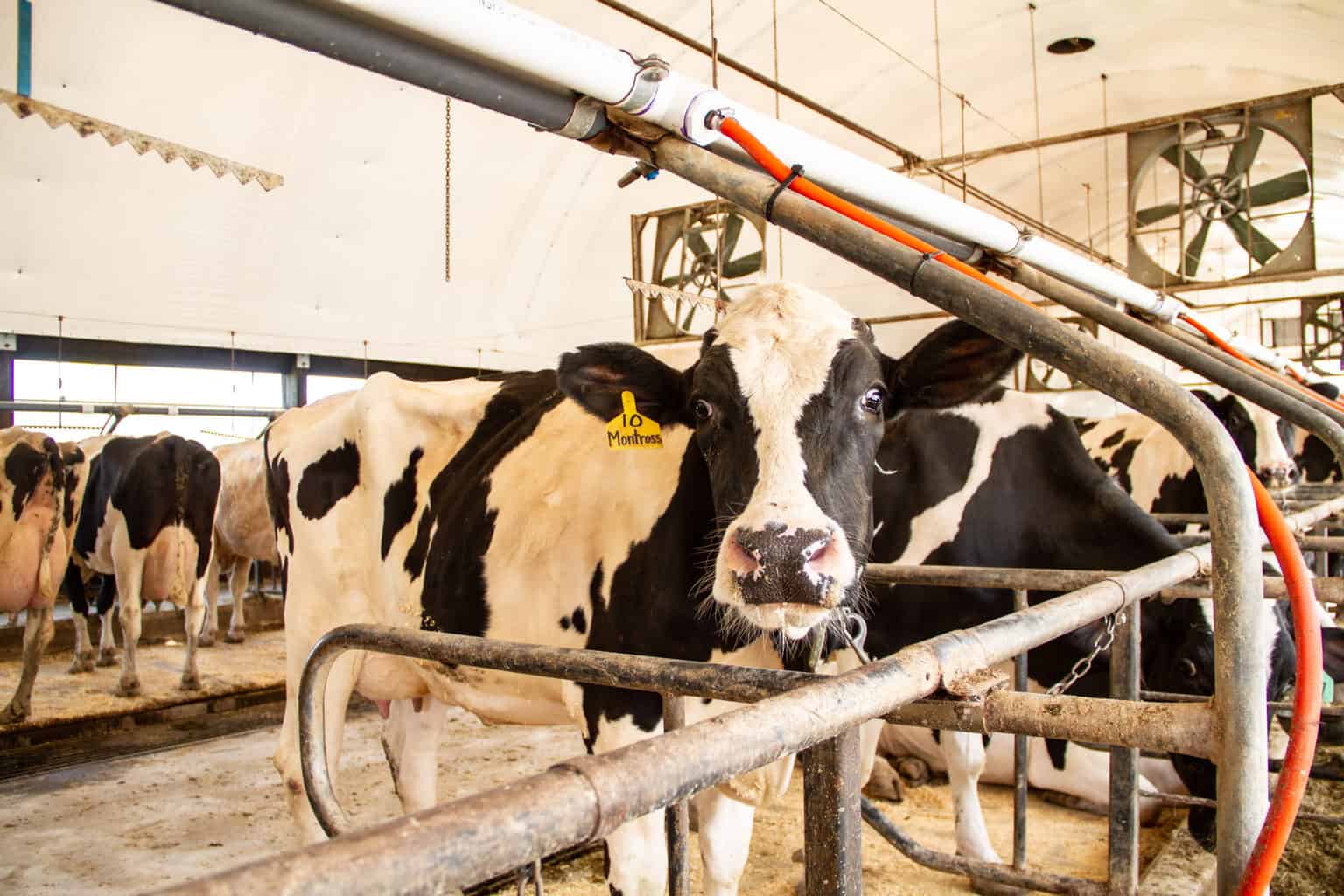Birds that would likely be without a favorite coastal Virginia nesting spot this spring may have a new site to call home thanks to bird advocates and recent action taken by the state.
Virginia Governor Ralph Northam’s administration announced that the Commonwealth is stepping in to protect birds whose habitat on part of the Hampton Roads Bridge Tunnel (HRBT) was paved over as part of the bridge-tunnel’s expansion.
As part of a multi-step plan, the Department of Game and Inland Fisheries (DGIF) is developing a rule that will allow the state to protect migratory birds despite a new interpretation of part of the federal Migratory Bird Treaty Act, a rollback that the administration says prevented the birds’ usual nesting spot on the HRBT’s South Island from being saved.
The Governor’s office estimates that South Island, an artificial island where the bridge transitions into a tunnel, has been a popular nesting site for nearly 25,000 migratory birds annually since the bridge-tunnel was constructed in the 1950’s. South Island is now being used as a staging area for the expansion project’s construction equipment, rendering it inhospitable to the many bird species that nest there each year.
The administration reports that DGIF will prepare a new nesting habitat on an artificial island– Rip Raps Island, also known as Fort Wool– adjacent to the HRBT. The department is also hoping to position barges to serve as more habitat for birds ready to nest.
In addition to providing new nesting options, the state’s plan calls for several other measures: for the HRBT design builder to establish a bird management plan for birds that might try to nest on South Island; restore habitat on the island after construction; and study the impact of transportation infrastructure on birds and other wildlife.
American Bird Conservancy President Mike Parr, who has worked with scientists, volunteers, and other bird advocates to find a happy resolution to the loss of the South Island habitat, says time is of the essence moving forward.
Migratory birds will likely show up in April to investigate nesting locations, Parr says. “If the habitat is ready by April 1, then I think we’ll be in as good of shape as we can be. We’re on the clock.”
He adds that bird decoys and bird calls may be used to attract the eight species– mostly a variety of gulls and terns– that typically nest on or near South Island to the new habitat. On the flip side, inflatable scarecrows and other off-putting measures may be used to dissuade the birds from their old nesting site.
Had an alternative nesting location not been established, Parr believes that between competition for available sites and some birds having to move to the mainland, where predators would pose a threat, it would have been a blow to the 2020 nesting season. “Ultimately I think it would have been a loss of nesting habitat, and some of the birds wouldn’t have nested successfully. That’s really what drives population decline.”
Parr, who often sees birds on the losing end of similar issues, is encouraged by the state’s plan. “It’s a good news story. It’s nice to see that Virginia has taken this on and has done the right thing for the birds, and clarify the legal framework for this going forward. That goes even above and beyond this colony- it will have positive benefits for birds throughout the Commonwealth now and in the future.”
–Laura Adams Boycourt




